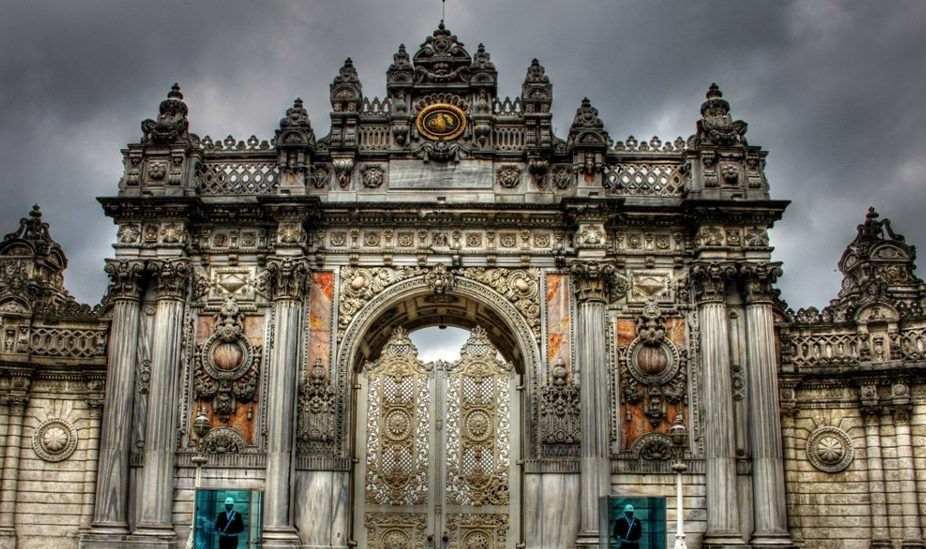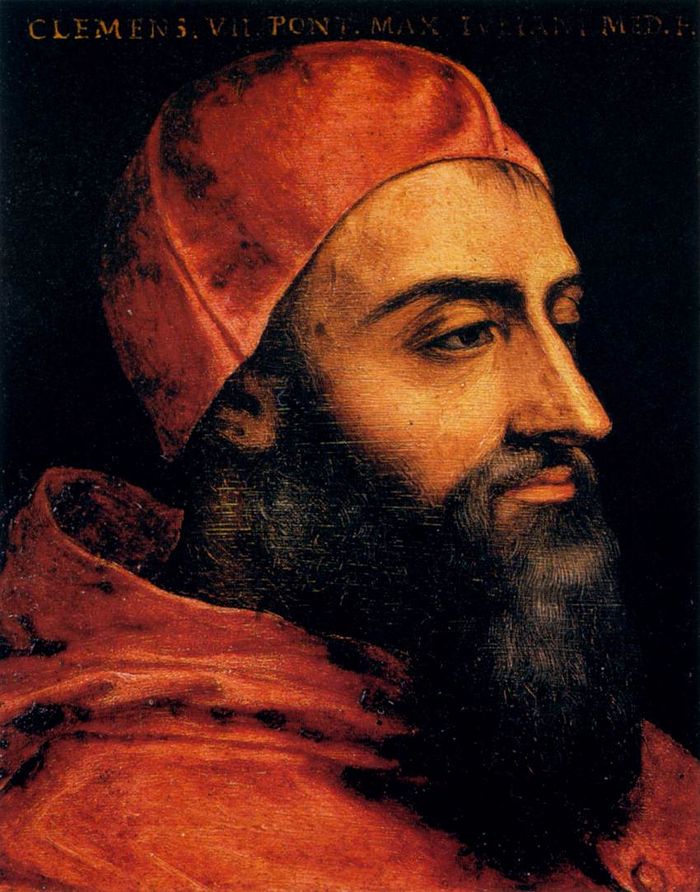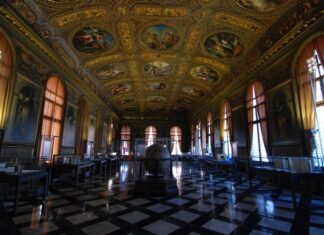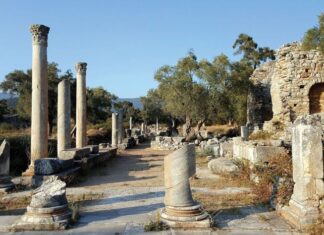Merchants like Cosmas also knew their way around land, since by definition the commodities that shipped best were also easy to carry ashore and sell at high prices. In addition to his voyages at sea, we have reason to think he made his way inland to the Mesopotamian cities of Nisibis, Edessa, Harran, and Dara—names that will recur in these pages—where Roman and Persian influences rubbed one another most contentiously. Nisibis, now Nusaybin in Turkish Kurdistan, between the Euphrates and Tigris in upper Mesopotamia, was the site of religious schools that Cosmas knew well. Yet it was nearby Edessa (modern Urfa in southeastern Turkey) that boasted the most famous market fairs in the region and thus provided a merchant’s greatest financial rewards. The border may have been fought over repeatedly, but it was always porous to travelers and traders. The fairs may have brought Cosmas here, but the scholars of Edessa diverted and instructed him.
Cosmas’s name
In all our reference books, Cosmas’s name is a mouthful: Cosmas In, or “Cosmas who has sailed to the Indies.” This name wasn’t one he ever heard; someone attached it at a later date, inaccurately—his book of wonders makes it clear that he himself never crossed the Indian Ocean or saw south Asia. But like many sailors before and since, he didn’t mind leaving an exaggerated impression of his exploits Neither Cosmas nor his contemporarie.
The giveaway is his story of how one day in the sixth century, sailing down the Red Sea, he and his men saw a flight of unfamiliar birds, including an albatross, twice the size of any hawk they had ever seen, and they were all afraid, for they sensed that this meant the open ocean was near. Here, as at Gibraltar, the ocean beyond the sheltered sea they knew terrified Mediterranean sailors because the technologies of sailing and navigation that preserved life in enclosed bodies of water fell short of what it took to sail beyond sight of land. Another 1,000 years would pass before Mediterranean sailors could venture successfully out on the Atlantic, though others who lived in sight of the oceans had been bolder. The Irish and Scandinavians anticipated them in the north, and other traders plied flourishing routes from Arabia to the East Indies to China.
Cosmas’s world to Sri Lanka
Some brave souls made it from Cosmas’s world to Sri Lanka, coming back with tales about the lands that lay beyond. We know this partly because Roman goods appear in India in appreciable quantities, and scattered finds have been made in Indonesia, Malaysia, and even Vietnam. Sri Lanka was then called Taprobane, and Romans knew there was a church of Persian Christians there, whose priest had been ordained in Persia itself, and the churchgoers could participate in the whole of the Christian liturgy. Most natives there were not much taken with this imported religion and preferred their own cults. One native temple housed a giant hyacinth plant the size of a towering pine tree that shone in the sun from afar. Sri Lanka itself was a trading post for sailors from Rome, Arabia, and Persia to the west; from southeast Asia to the east; and from the Indian subcontinent to the north, gathering silk, aloe, sandalwood, and the like from the lands to the east and north and passing them on to buyers from the west.








